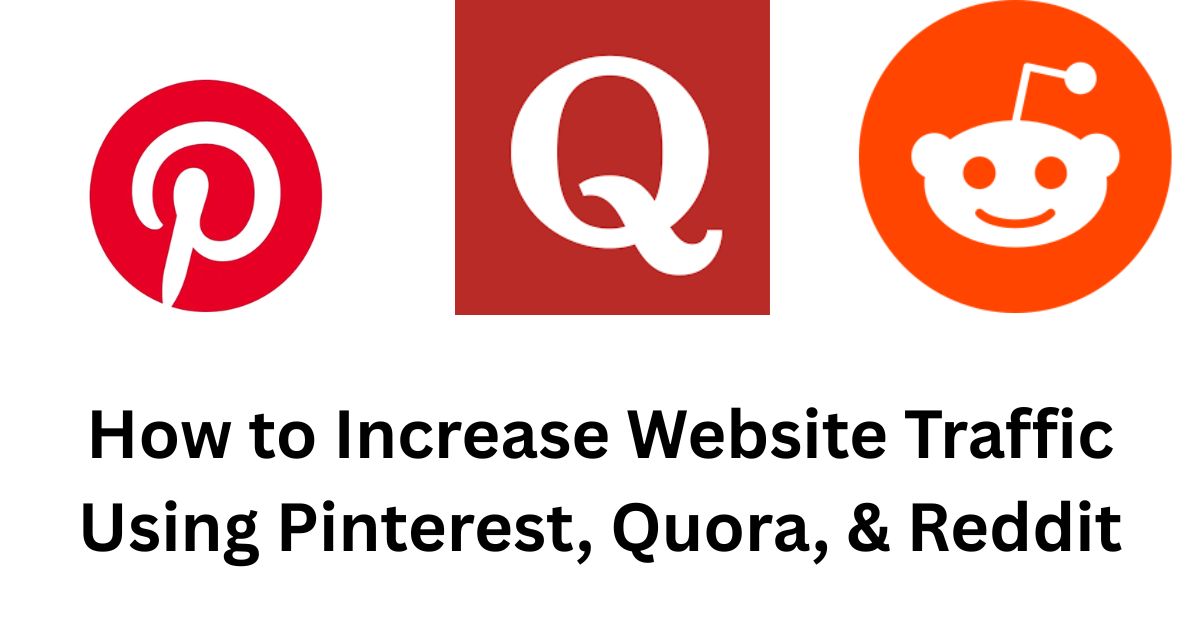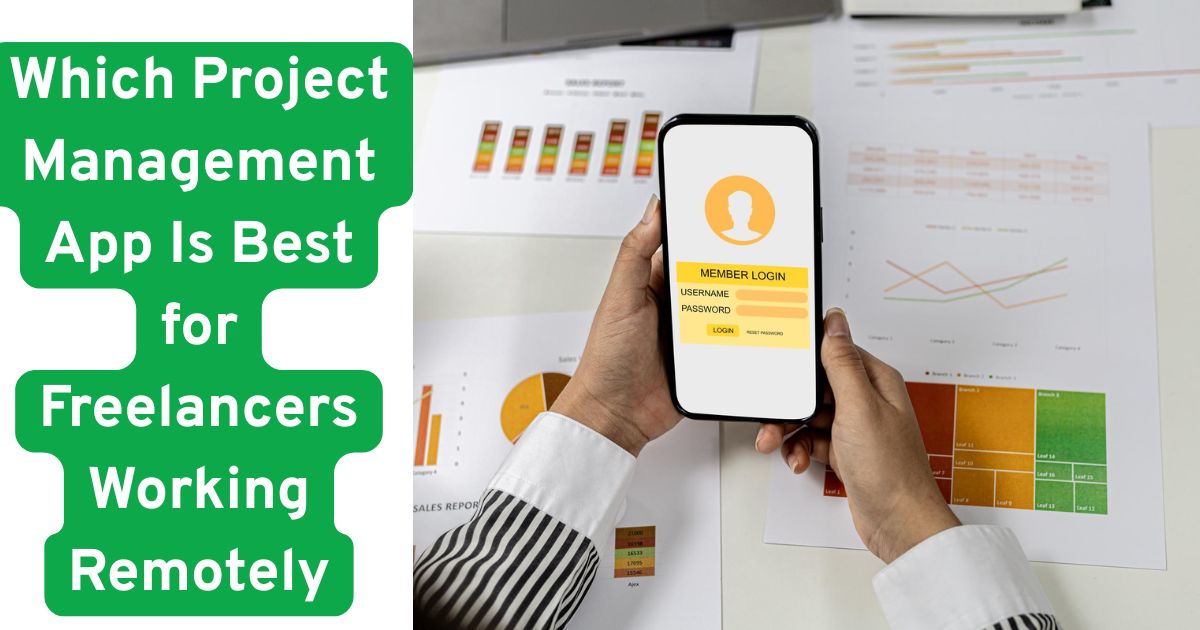In the next 5 minutes, you’ll discover the exact roadmap that helped Sarah, a college student from Texas, launch her online tutoring business in just 18 days and make $3,000 in her first month. Ready to join the ranks of successful entrepreneurs? Let’s dive in!
Why Most People Never Start Their First Business (And How You’ll Be Different)
Here’s a startling truth: 90% of people who want to start a business never actually leap. Why? They get stuck in what experts call “analysis paralysis.”
According to the Small Business Administration, the average person spends 6 to 12 months planning before launching their business. But successful entrepreneurs? They start their first business within 30 to 60 days of having the idea.
The difference? They follow a proven system – precisely what you’re about to learn.
Week 1: Foundation Phase (Days 1-7)
Day 1-2: Choose Your Business Idea
Your business idea doesn’t need to be revolutionary. It just needs to solve a real problem. Here are three simple ways to find your winning idea:
The Problem-Solution Method:
- List 10 issues you face daily
- Pick the one that annoys you most
- Research if others have the same problem
- Create a simple solution
Real Example: Mike noticed that students struggled with the expense of textbooks. He started a textbook rental service and earned $50,000 in his first year.
Day 3-4: Research Your Market
Don’t skip this step! Even a simple Google search can save you from costly mistakes.
Quick Market Research Checklist:
- Search “[your idea] + statistics” on Google
- Check Facebook groups related to your topic
- Look at competitor websites
- Ask 10 people if they’d pay for your solution
Pro Tip: If you find competitors, that’s good news! It means there’s a market for your idea.
Days 5-6: Define Your Target Customer
Your target customer should be so specific that you can picture them. Here’s how:
- Age range: Be specific (25-35, not 20-40)
- Location: City, state, or region
- Income level: What can they afford?
- What is the biggest problem that keeps them up at night?
Example: “Sarah is a 28-year-old working mom in Austin, Texas, earning $45,000/year. She struggles to find time to meal plan for her family.”
Day 7: Set Your Business Goals
Write down these three goals:
- How much money do you want to make in month 1?
- How many customers do you need?
- What’s your big 6-month goal?
Could you keep it simple and realistic? Better to hit a small goal than miss a big one!
Week 2: Legal and Structure Phase (Days 8-14)
Day 8-9: Choose Your Business Structure
For most new businesses, you have three main options:
Sole Proprietorship:
- Easiest to set up
- You’re personally responsible for debts
- Suitable for: Service businesses, freelancing
LLC (Limited Liability Company):
- Protects your assets
- Flexible tax options
- Suitable for: Most small businesses
Corporation:
- More complex setup
- Better for: Businesses seeking investors
Recommendation: Start with an LLC. It’s simple and gives you protection.
How to Start a Transportation Business with One Van: A Simple Guide for Beginners
Days 10-11: Register Your Business Name
Your business name should be:
- Easy to spell and remember
- Available as a domain name
- Not already trademarked
Quick Name Check Process:
- Search your state’s business registry
- Check if YourBusinessName.com is available
- Search the name on Google
- File your DBA (Doing Business As) if needed
Day 12-13: Get Your EIN (Tax ID Number)
An EIN (Employer Identification Number) is free from the IRS. You’ll need it to:
- Open a business bank account
- File taxes
- Hire employees later
Visit IRS.gov and apply online. It takes 5 minutes and costs $0 (ignore services that charge fees).
Day 14: Open a Business Bank Account
Never mix personal and business money. Even if you’re just starting out, open a separate business account.
What You’ll Need:
- Your EIN
- Business registration documents
- Personal ID
- Initial deposit (usually $25-100)
Week 3: Building Phase (Days 15-21)
Day 15-16: Create Your Minimum Viable Product (MVP)
Your MVP is the simplest version of your product or service that people will pay for. Don’t aim for perfection – aim for “good enough to solve the problem.”
Service Business MVP Examples:
- Consulting: One-page website + calendar booking
- Tutoring: Simple flyer + phone number
- Cleaning: Business cards + basic supplies
Product Business MVP Examples:
- T-shirts: Design + print-on-demand service
- Digital course: 5 video lessons + PDF worksheets
- App: Basic version with core features only
Cloud Computing for Business: Unlock the Real Benefits in 2025
Day 17-18: Build Your Online Presence
In 2025, your business needs to be online. But keep it simple:
Essential Online Presence:
- Google My Business listing (free)
- Simple website or landing page
- One social media account (choose your customers’ favorite)
- Professional email address
Website Options for Beginners:
- WordPress: Most flexible
- Squarespace: Beautiful templates
- Wix: Super easy drag-and-drop
- Even a Facebook page is a good start!
Day 19-20: Set Your Pricing
Pricing is scary for new business owners, but here’s a simple formula:
Service Pricing: Your hourly rate = (Desired annual income ÷ 2000 working hours) × 1.5
Product Pricing: Retail price = (Cost to make + packaging + shipping) × 2.5
Example: If you want to make $50,000/year: $50,000 ÷ 2000 hours = $25/hour × 1.5 = $37.50/hour
Day 21: Test Your Idea
Before you officially launch, test your idea with real people:
Simple Testing Methods:
- Offer your service to 3 friends at a discount
- Post in Facebook groups (where allowed)
- Create a simple landing page and see if people sign up
- Set up a booth at a local market
Week 4: Launch Phase (Days 22-30)
Day 22-23: Create Your Marketing Materials
You don’t need expensive marketing. Start with these basics:
Essential Marketing Materials:
- Business cards (Vistaprint is cheap and good)
- Simple flyer or brochure
- Email signature with your business info
- Social media graphics (use Canva for free)
Day 24-25: Plan Your Launch Strategy
Your launch doesn’t need to be huge. A simple announcement can work wonders:
Launch Strategy Options:
- Email to friends and family
- Social media announcement
- Local newspaper press release
- Partner with other local businesses
Day 26-27: Execute Your Launch
This is it – launch day! Here’s your simple launch checklist:
Launch Day Checklist:
Post on all your social media accounts □ Send emails to your network □ Update your website with “Now Open” message □ Celebrate! You did it!
Day 28-30: Follow Up and Optimize
The first few days after launch are crucial:
Post-Launch Activities:
- Follow up with interested prospects
- Ask early customers for feedback
- Fix any issues that come up
- Start planning your marketing for month 2
Essential Tools for Your First Business Launch
You don’t need expensive tools to start. Here are the must-haves:
Free Tools:
- Google Workspace (email, docs, calendar)
- Canva (graphics)
- Mailchimp (email marketing – free up to 2000 contacts)
- Wave (accounting – completely free)
Paid Tools Worth It:
- Website hosting ($5-15/month)
- Business phone line ($10-20/month)
- Basic accounting software ($15-30/month)
Common Mistakes That Kill New Businesses (And How to Avoid Them)
Mistake #1: Perfectionism Solution: Launch with “good enough” and improve as you go.
Mistake #2: No Clear Target Customer Solution: Be specific about who you serve.
Mistake #3: Pricing Too Low Solution: Remember, you’re solving a problem – charge for that value.
Mistake #4: Not Starting Solution: Use this first business launch checklist and take action today!
What is Endpoint Security? Benefits, Features & Best Practices for Businesses
Your Business Launch Success Stories
Case Study 1: Jessica’s Baking Business Jessica followed this exact checklist to launch her custom cake business. In 30 days, she went from idea to first paying customer. Her secret? She started with just one cake design and expanded from there.
Case Study 2: Marcus’s Lawn Care Service Marcus used days 1-14 for planning and days 15-30 for execution. He started with basic equipment and landed 12 customers in his first month, earning $2,400.
Case Study 3: Lisa’s Online Tutoring Lisa leveraged her college degree to start tutoring high school students online. She used free video calling tools and simple scheduling—month 1 revenue: $1,800.
What Happens After Your First 30 Days?
Launching your business in 30 days is just the beginning. Here’s what to focus on in months 2-6:
Months 2-3: Refine and Improve
- Gather customer feedback
- Improve your processes
- Add new products or services
Months 4-6: Scale and Grow
- Hire help if needed
- Invest in better tools
- Expand your marketing
Ready to Launch Your First Business? Take Action Now!
You now have everything you need to launch your first business in 30 days. This first business launch checklist has helped hundreds of entrepreneurs bring their ideas to life.
But here’s the truth: knowledge without action is worthless. The best business plan in the world won’t make you money if it stays on paper.
Your Next Steps:
- Pick your business idea today
- Follow this checklist day by day
- Don’t let perfectionism stop you
- Take action now!
Remember, every successful business started with someone taking that first scary step. Facebook started in a dorm room. Amazon started in a garage. Your business can start today with just a decision to begin.
Ready to start your entrepreneurial journey?
[Book a FREE 15-minute consultation with our business experts to get personalized advice for your specific business idea.]
Don’t wait another day. Your future customers are waiting for the solution only you can provide. Use this first business launch checklist and start your first business today. In 30 days, you’ll be glad you took action.
What business idea are you most excited to launch? Please drop us a comment below and let’s make it happen together!
About Digiduster
We help students and new entrepreneurs turn their business dreams into reality with practical, actionable advice. Follow us for more business tips and success stories. If you like this post & find it helpful, please share it with your friends.



